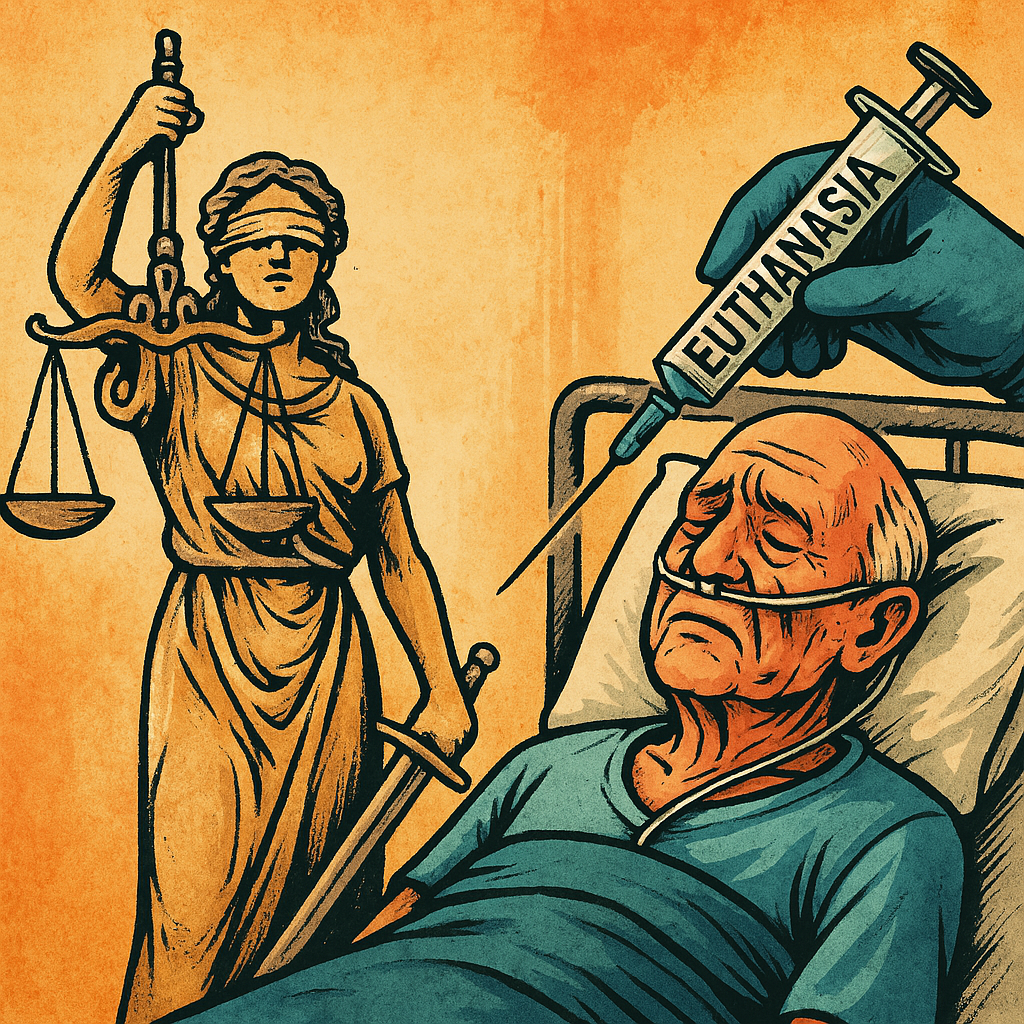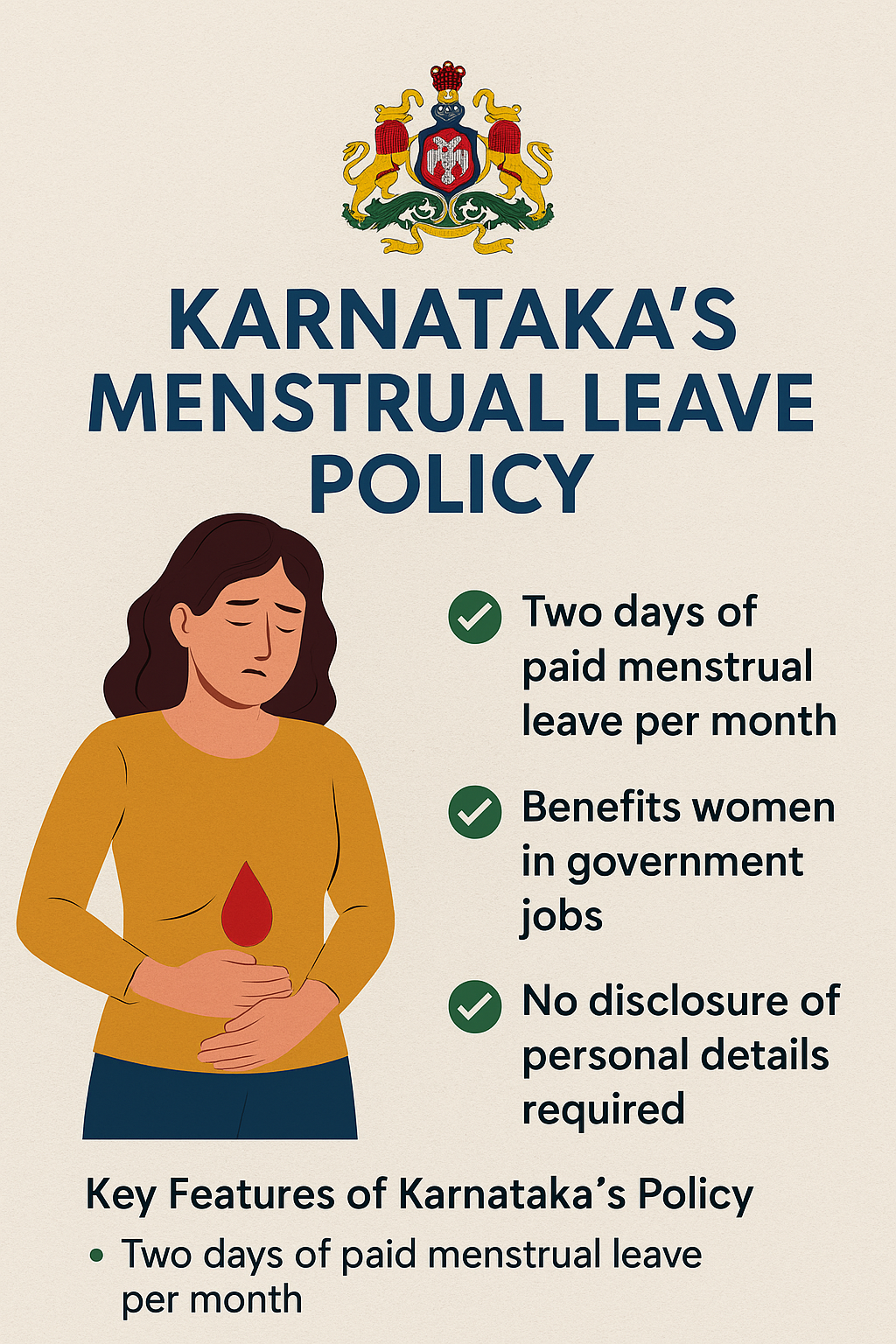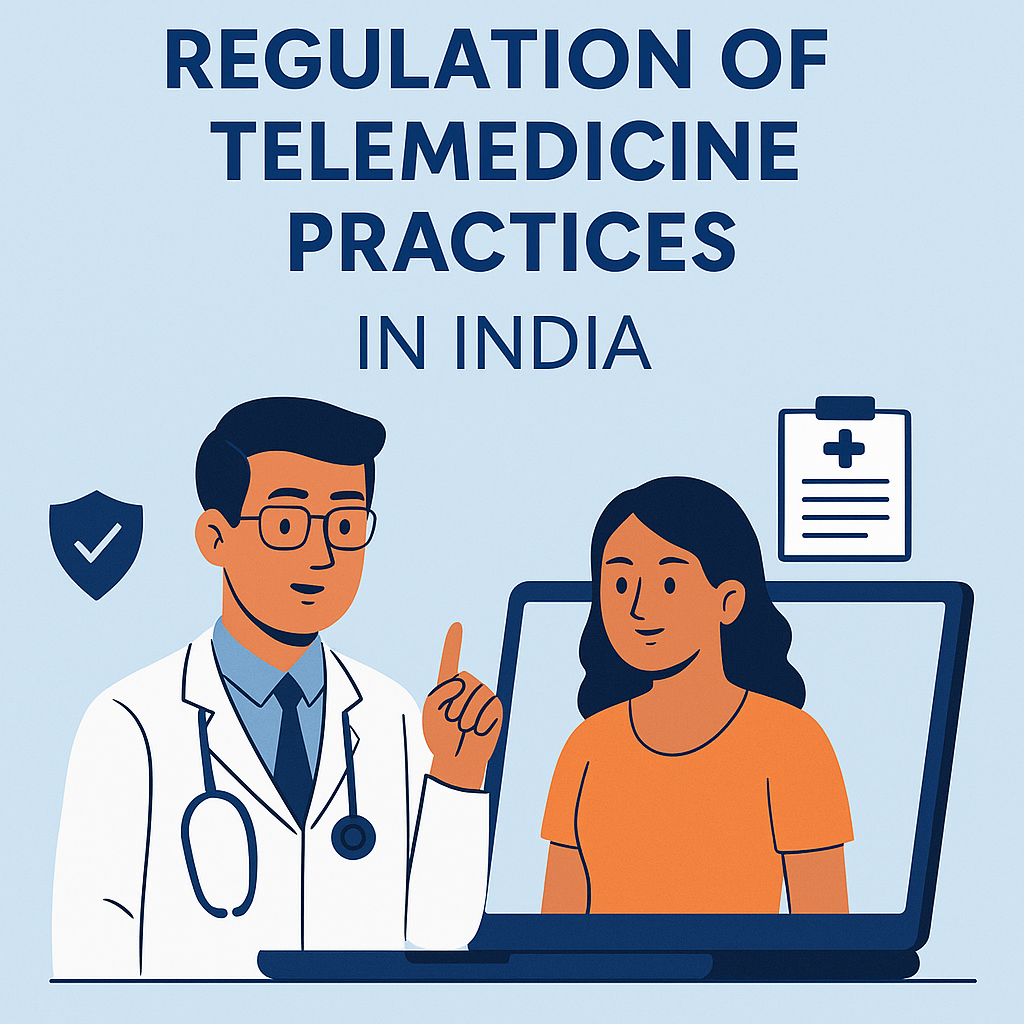Health Care Law at Tajikistan
In Tajikistan, healthcare law and regulations are shaped by the country’s legal framework and policies aimed at improving public health, ensuring access to medical services, and managing healthcare resources. The healthcare system in Tajikistan is undergoing reforms to meet the needs of its population, particularly in terms of access to quality care and the modernization of medical infrastructure.
1. Healthcare System Overview
Tajikistan’s healthcare system is a mix of public and private sector involvement, with the state playing a dominant role. Healthcare is officially provided as a public service, and the government is primarily responsible for financing and regulating the health sector. Despite this, there has been a rise in private healthcare providers in recent years.
2. Legal Framework Governing Healthcare
The healthcare system in Tajikistan is regulated by several laws and policies, including:
The Constitution of Tajikistan: This document guarantees the right to health for all citizens and forms the legal foundation for the healthcare system.
Law on Public Health (2002): This law lays down the principles of public health protection, medical services, health promotion, and disease prevention in Tajikistan. It aims to improve the overall health of the population and is the cornerstone of the public health system.
Law on Health Insurance (2010): While health insurance is not universal in Tajikistan, this law provides a framework for the development of health insurance schemes in the country, particularly for certain segments of the population, including state employees.
Law on Pharmaceutical Activities: This law governs the production, distribution, and regulation of pharmaceutical products in Tajikistan.
3. Health Services and Access
Public Healthcare: The government provides basic healthcare services through a network of hospitals, clinics, and outpatient facilities. The Ministry of Health and Social Protection of the Population (MHSP) is the primary government agency responsible for the regulation and administration of healthcare services.
Private Healthcare: While the public system dominates, there has been an increasing presence of private clinics, particularly in urban areas, offering specialized care, diagnostics, and elective procedures.
Rural and Urban Disparities: Healthcare services in rural areas often face challenges due to inadequate infrastructure, limited healthcare professionals, and geographic barriers. In contrast, urban areas, particularly Dushanbe (the capital), have better access to healthcare services.
4. Healthcare Financing and Insurance
Government Funding: The Tajik government is responsible for funding the healthcare system, though the allocation of resources is limited. Public healthcare services are generally free of charge, but there can be informal payments or additional charges for some services.
Health Insurance: As of recent years, health insurance coverage is not widespread. Some government employees and specific segments of the population are entitled to health insurance benefits, but the system is still under development. There is also growing interest in introducing voluntary health insurance options for broader coverage.
Out-of-Pocket Payments: Despite the government’s provision of free services, many patients have to make informal payments for treatments or medications, which can be a barrier to care, especially for low-income families.
5. Healthcare Workforce
Medical Education: Tajikistan has several medical universities and institutions where healthcare professionals are trained, including the Tajik State Medical University. However, there are concerns about the quality of medical education and the need for continuous training and improvement.
Medical Professionals: There is a shortage of healthcare professionals, particularly in rural regions. Physicians, nurses, and specialists are more concentrated in urban areas, and many trained healthcare professionals leave the country in search of better opportunities.
Regulation: The Ministry of Health and Social Protection is responsible for regulating medical professionals, setting standards, and issuing licenses. Medical malpractice laws and professional accountability measures are in place, but enforcement is often inconsistent.
6. Public Health Laws and Policies
Tajikistan has a variety of laws and regulations aimed at protecting public health, including:
Disease Control: Laws related to the control and prevention of infectious diseases, including tuberculosis, HIV/AIDS, and malaria, are a significant focus. The government works with international organizations like the World Health Organization (WHO) to combat these diseases.
Environmental Health: There are laws that govern sanitation, clean water access, and pollution control to prevent environmental health risks. However, enforcement of these laws can be challenging.
Health Education: There are policies aimed at improving public health education, particularly in areas such as nutrition, hygiene, smoking cessation, and reproductive health.
7. Patient Rights and Protections
Right to Healthcare: The Constitution of Tajikistan guarantees the right to health for all citizens, though access to healthcare can be unequal due to geographical and economic barriers.
Informed Consent: While there are regulations that aim to ensure patients are informed about their medical treatment, the practice of obtaining informed consent is still developing and may not always be fully implemented in all areas.
Confidentiality: Tajikistan has provisions for protecting patient privacy, although in practice, the implementation of confidentiality laws can be inconsistent.
Medical Malpractice: There are legal provisions for patients to seek redress in cases of medical malpractice, but the legal framework for pursuing claims is still evolving, and there may be challenges related to the accessibility of legal resources.
8. Challenges and Reform Efforts
Healthcare System Challenges: The Tajik healthcare system faces numerous challenges, including limited resources, underdeveloped infrastructure, shortages of medical professionals, and reliance on out-of-pocket payments. The healthcare system’s funding is insufficient to meet the needs of the population, particularly in rural areas.
Health Reforms: The Tajik government, with support from international organizations, is actively working on healthcare reforms, including improving healthcare infrastructure, expanding insurance coverage, and enhancing public health education.
International Assistance: Tajikistan receives assistance from international organizations such as the World Bank, the World Health Organization (WHO), and other NGOs to improve healthcare access and quality.
9. Recent Developments
Health Infrastructure Improvements: Over the past few years, there have been efforts to modernize hospitals and clinics, especially in urban areas. The government is also working on strengthening primary healthcare services to improve access for rural populations.
Health and Social Welfare Integration: The integration of social welfare policies with healthcare, including addressing mental health, social determinants of health, and poverty, is becoming an area of focus in government planning.
Conclusion
Healthcare in Tajikistan is evolving, and while there are legal frameworks in place to govern the system, challenges related to funding, infrastructure, and accessibility remain significant. The government continues to push for reforms, with an emphasis on improving public health, expanding insurance coverage, and addressing disparities between urban and rural healthcare services. However, Tajikistan's healthcare system still faces numerous obstacles, particularly in terms of adequate financing, skilled medical personnel, and access to quality care for all citizens.











0 comments